The list of things you cannot do with a photograph posted on social media is extensive. You cannot send it as a postcard to a friend; you cannot frame it in your hallway; you cannot give it as a gift to mark a memorable moment in time. Most poignant perhaps, you cannot remember how it physically felt to hold it between your fingertips. The tendency to give a photograph but a second of your time – swiping, scrolling or skipping past an image almost becoming second nature – is a symptom of the content-saturated times we live in.
By contrast, the printed newspaper encourages readers to indulge in the material laid before them. Providing respite from the fast-paced digital world, it allows the opportunity to use your imagination and immerse yourself in a narrative. It was this aspect that led documentary photographer Alan Gignoux to turn to Newspaper Club to print his series Forests of Latvia. “I wanted to create something physical that would make people stop and spend more focused time viewing the work,” he says. “As with lots of things online, I felt it was too easy for people to miss pieces and flick past.” This is echoed by Los Angeles-based Bethany Vargas, who uses newsprint to display her professional portfolio. “Having something physical in your hands means much more than seeing something online. You can have it on your coffee table or make it into a poster,” she says.
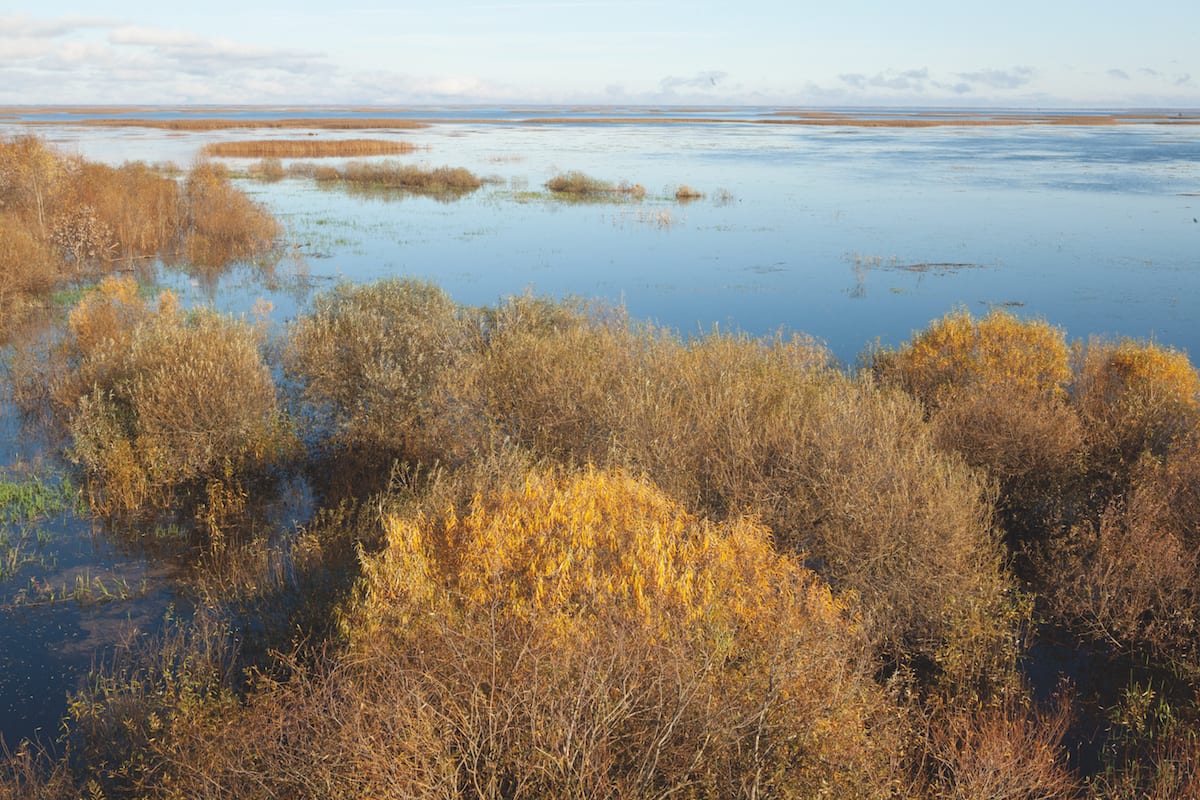
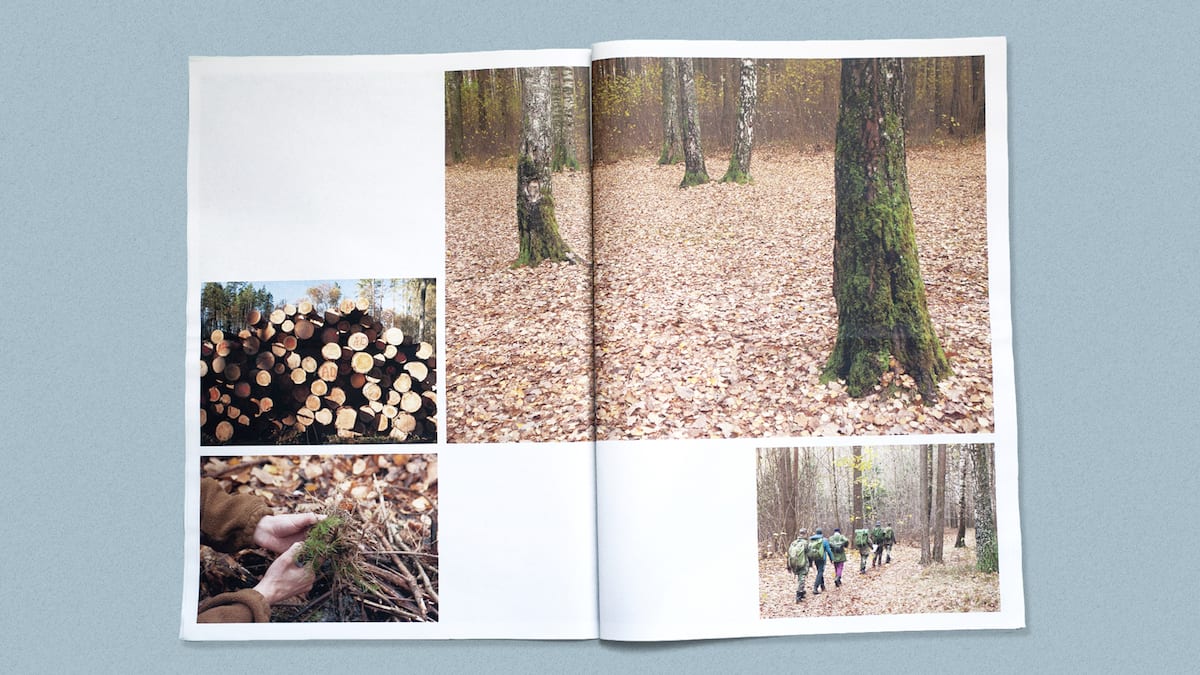
Photographers working today operate within an environment that looks markedly different than it did 20, 10, or even five years ago. To keep up with the pace of change, Newspaper Club has implemented an array of new developments to bring newsprint into the digital age. With the option to use the online design tool or upload your own PDF, you have control over layout, size and format. There is no minimum order so photographers can print a single copy as a test, before going on to print the desired amount. Recently introduced digital printing technologies mean that the newspapers now have richer colours, clearer photographs and increased definition, ensuring photographers can print their work in high quality. For Vargas, this made the newspaper the perfect promotional tool. A compilation of all her favourite images, the photographer brings the broadsheet with her to client meetings. “I felt the need to create something physical of my work which is something I want to explore more in the coming year. The layout, design, and imagery all complement your story in such a beautiful way,” she explains.
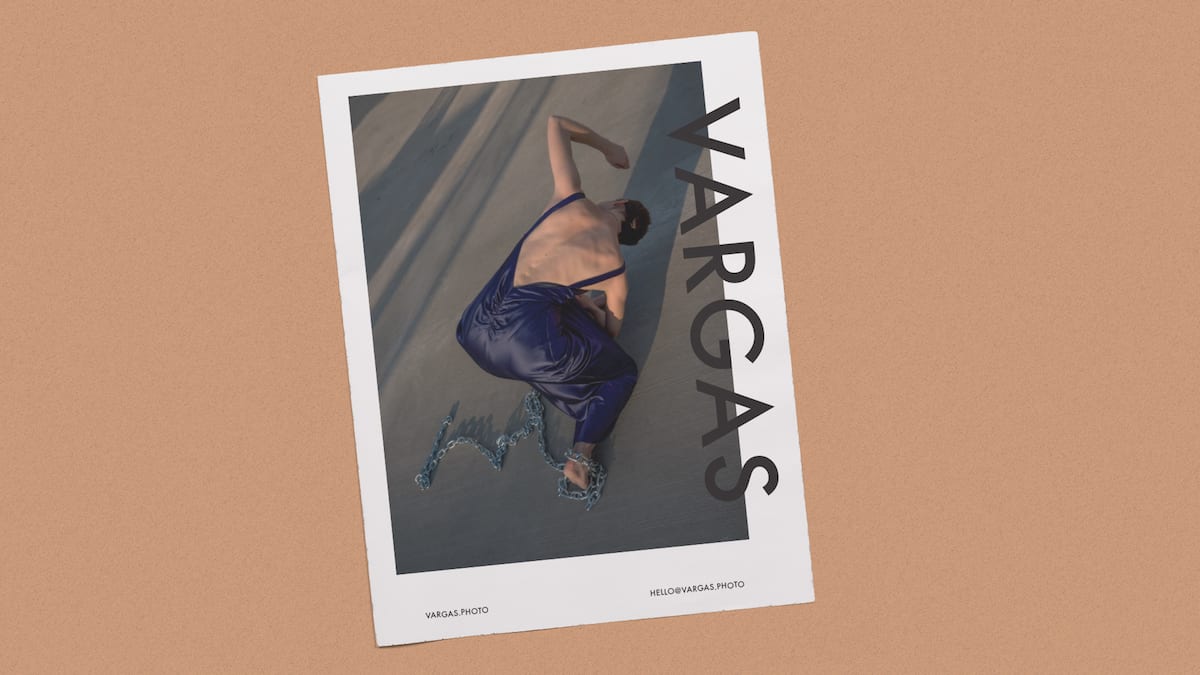
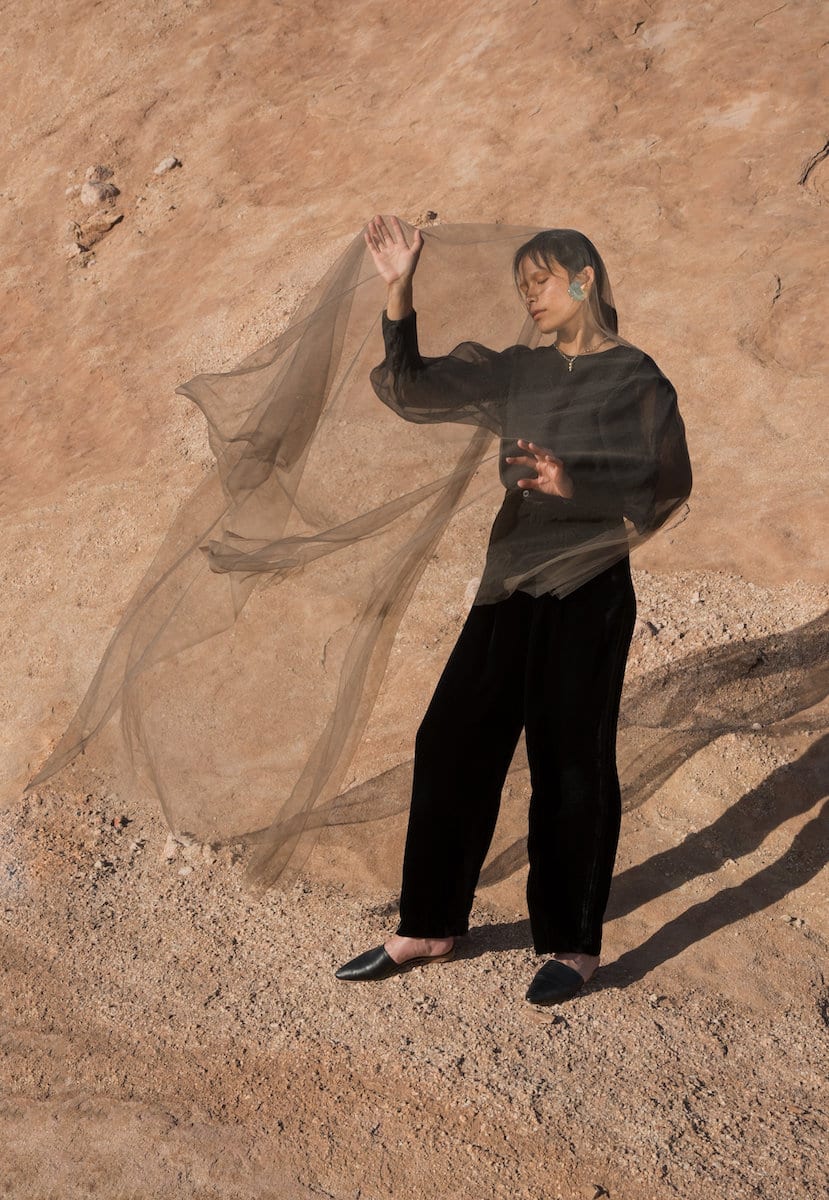
Gignoux similarly cites the newspaper’s composition as one of its main attractions. “For this project, I wanted to transport people into these beautiful landscapes. Huge double page spreads allow you to do that,” he says. “A broadsheet newspaper allows for lots of variants of how images can be displayed: images can be shown side-by-side or one huge image can fill a spread and stop you in your tracks.”
None of this is to say that photography distributed digitally or via social media has to be the enemy of printed publishing: rather, print coexists alongside contemporary digital mediums. Gignoux adopts a multi-disciplinary approach to distributing his work. “Parts of Forests of Latvia have already been released on social media and we will be releasing more over the coming weeks. After that, I plan on distributing the paper in all the usual ways,” Gignoux says.
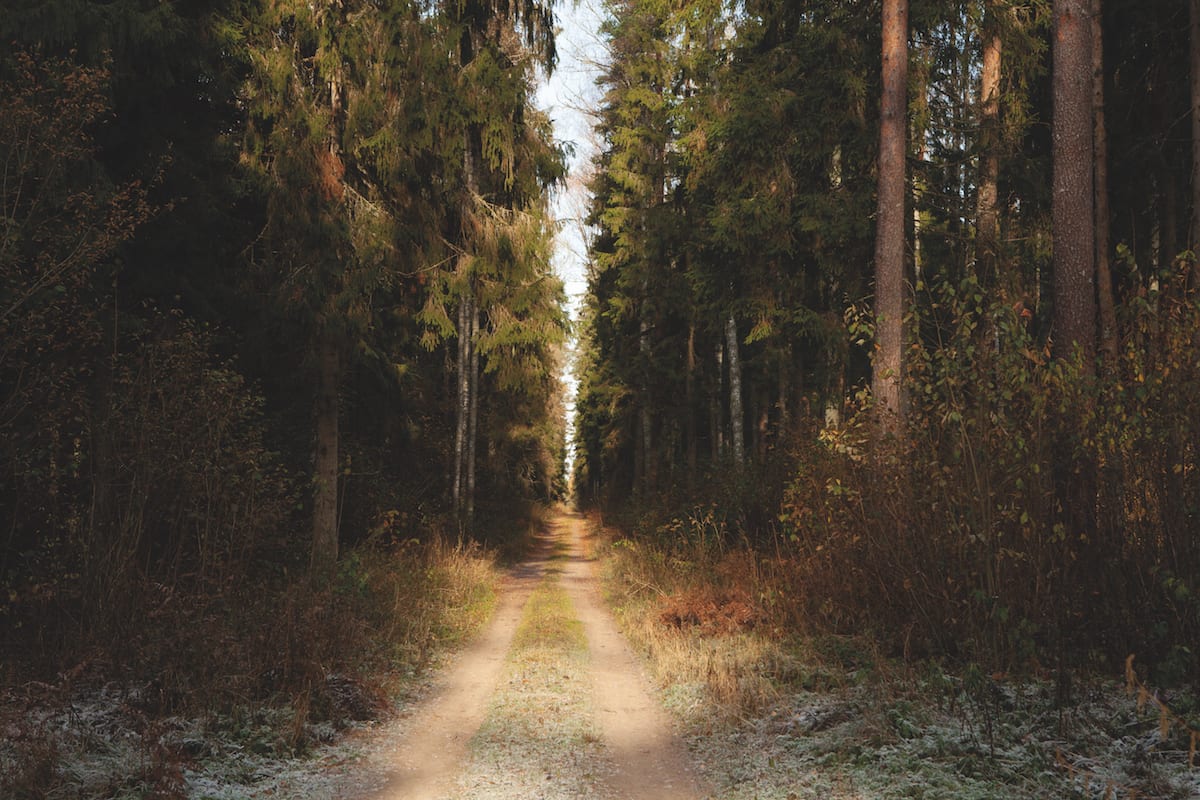
Despite the wax and wane of print publishing, newsprint has a special place in the photographer’s psyche. At a time when photographs are viewed, taken, shared and uploaded at a rate of unprecedented urgency, the opportunity to create a tangible legacy in newspaper form is appealing. In comparison with coffee table books or glossy magazines, the newspaper is a cost-effective, wide-reaching medium for photographers to showcase images. New technologies, printing options and methods of visual storytelling have changed the newspaper publishing game for visual artists.
Words: Alice Finney
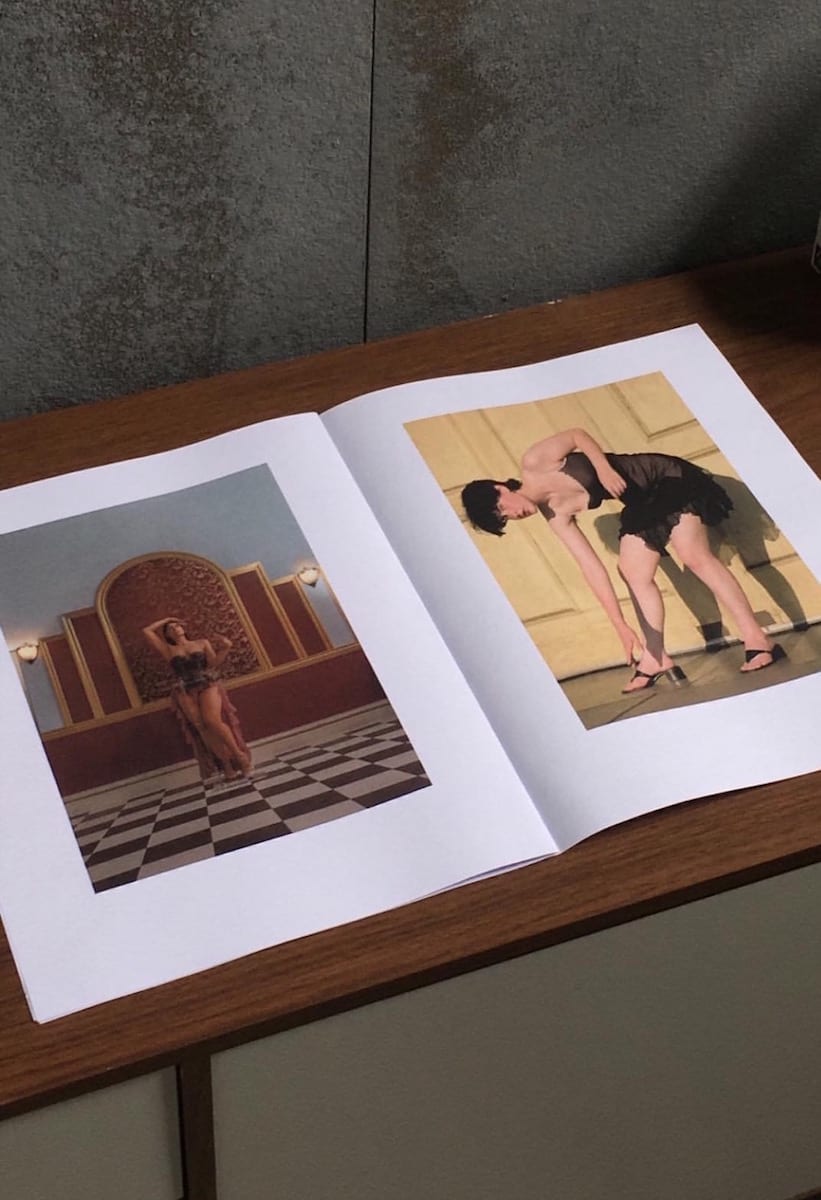
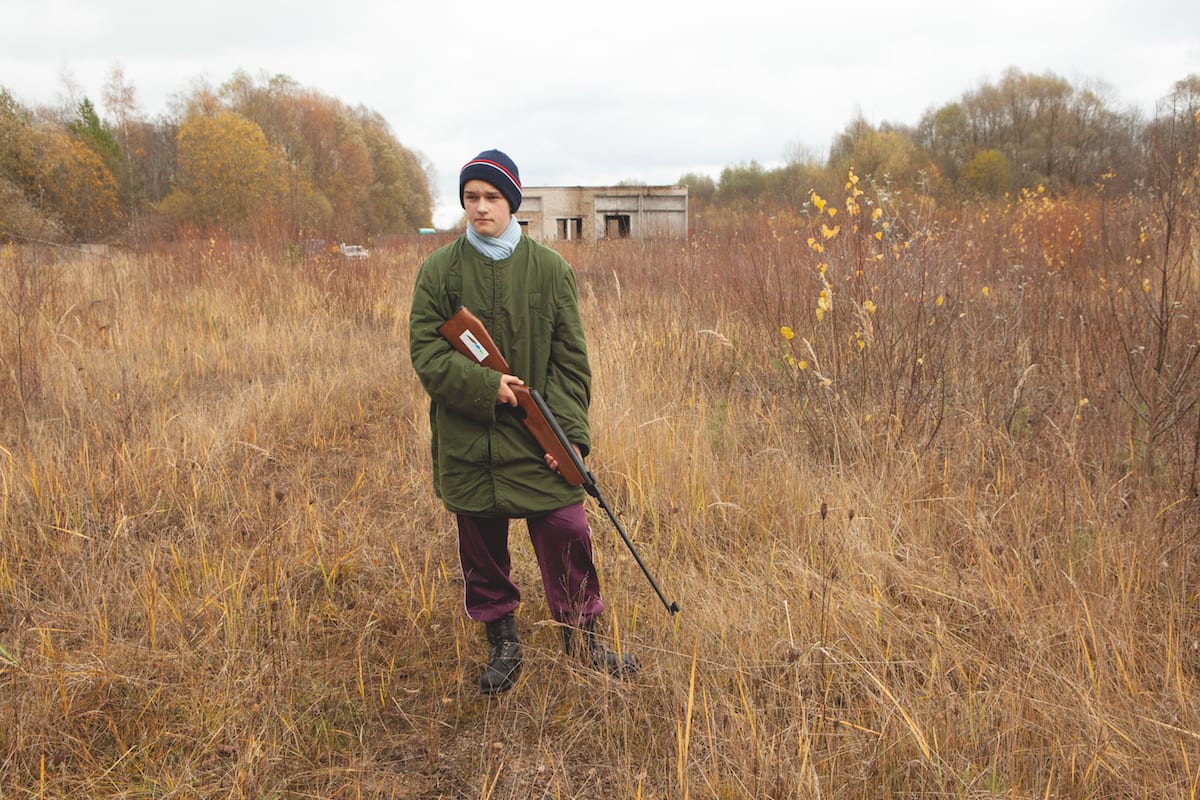
–
Find out more about Newspaper Club and print your own newspaper.
This feature is supported by Newspaper Club. Please click here for more information on sponsored content funding at British Journal of Photography.
